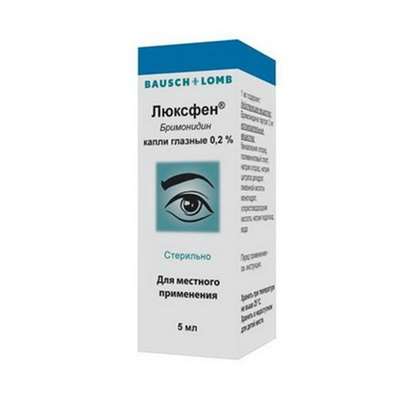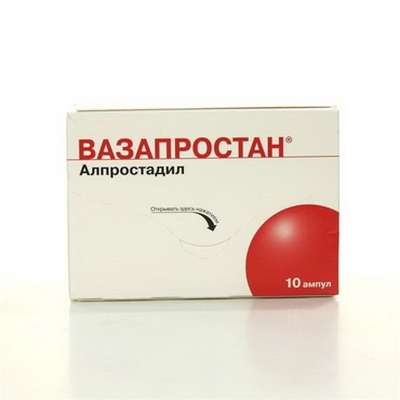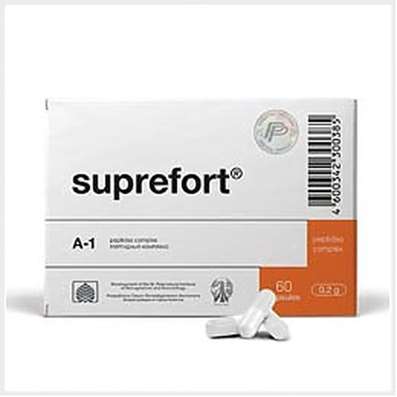Instruction for use: Propanidid
I want this, give me price
Latin name: Propanididum (genus. Propanididi)
Chemical name
4- [2- (Diethylamino) -2-oxoethoxy] -3-methoxybenzeneacetic acid, propyl ether
Gross formula
C18H27NO5
Pharmacological group of substance Propanidid:
Anesthetic means
The nosological classification (ICD-10)
R52.0 Acute pain: Acute pain syndrome; Acute pain syndrome with osteoarthritis; Acute pain syndrome of traumatic origin; Severe pain of a neurogenic nature; Severe pain; Pain syndrome at delivery
Z100.0 * Anesthesiology and premedication: Abdominal surgery; Adenomectomy; Amputation; Angioplasty of the coronary arteries; Carotid artery angioplasty; Antiseptic treatment of skin in wounds; Antiseptic treatment of hands; Appendectomy; Atheroctomy; Balloon coronary angioplasty; Vaginal hysterectomy; Venous bypass; Interventions on the vagina and cervix; Interventions on the bladder; Interference in the oral cavity; Reconstructive-reconstructive operations; Hand hygiene of medical personnel; Gynecological Surgery; Gynecological interventions; Gynecological operations; Hypovolemic shock during surgery; Disinfection of purulent wounds; Disinfection of the edges of wounds; Diagnostic Interventions; Diagnostic procedures; Diathermocoagulation of the cervix; Long-term surgeries; Replacement of fistulous catheters; Infection in orthopedic surgical interventions; Artificial heart valve; Kistectomy; Short-term outpatient surgery; Short-term operations; Short-term surgical procedures; Cryotyreotomy; Blood loss during surgical interventions; Bleeding during surgery and in the postoperative period; Kuldotsentez; Laser coagulation; Laserocoagulation; Laser retinopathy of the retina; Laparoscopy; Laparoscopy in gynecology; Likvornaya fistula; Small gynecological operations; Small surgical interventions; Mastectomy and subsequent plastic surgery; Mediastinotomy; Microsurgical operations on the ear; Mukinging operations; Suturing; Minor surgery; Neurosurgical operation; Eclipse of the eyeball in ophthalmic surgery Orchiectomy; Pancreatectomy; Pericardectomy; The rehabilitation period after surgical operations; Reconvalence after surgical intervention; Percutaneous transluminal coronary angioplasty; Pleural Thoracocentesis; Pneumonia postoperative and post traumatic; Preparing for surgical procedures; Preparing for a surgical operation; Preparation of the surgeon's arms before surgery; Preparation of the colon for surgical interventions; Postoperative aspiration pneumonia in neurosurgical and thoracic operations; Postoperative nausea; Postoperative hemorrhage; Postoperative granuloma; Postoperative shock; Early postoperative period; Myocardial revascularization; Resection of the apex of the tooth root; Resection of the stomach; Bowel resection; Resection of the uterus; Liver resection; Small bowel resection; Resection of a part of the stomach; Reocclusion of the operated vessel; Gluing of tissues during surgical interventions; Suture removal; Condition after eye surgery; Condition after surgery; Condition after surgery in the nasal cavity;Condition after gastrectomy; Condition after resection of the small intestine; Condition after tonsillectomy; Condition after removal of duodenum; Condition after phlebectomy; Vascular Surgery; Splenectomy; Sterilization of surgical instrument; Sterilization of surgical instruments; Sternotomy; Dental surgery; Dental intervention on periodontal tissues; Strumectomy; Tonsillectomy; Thoracic surgery; Total gastrectomy; Transdermal intravascular coronary angioplasty; Transurethral resection; Turbinectomy; Removal of a tooth; Cataract removal; Removing Cysts; Removal of tonsils; Removal of myoma; Removal of mobile milk teeth; Removal of polyps; Removal of a broken tooth; Removal of the uterus; Removal of seams; Urethrotomy; Fistula of the luminal ducts; Frontoetmoidohaimorotomy; Surgical infection; Surgical treatment of chronic ulcers of extremities; Surgery; Surgery in the anus; Surgery on the large intestine; Surgical practice; Surgical procedure; Surgical interventions; Surgical interventions on the digestive tract; Surgical interventions on the urinary tract;Surgical interventions on the urinary system; Surgical interventions on the genitourinary system; Surgical intervention on the heart; Surgical procedures; Surgical operations; Surgical operations on veins; Surgical intervention; Vascular; Cholecystectomy; Partial resection of the stomach; Extraperitoneal hysterectomy; Percutaneous transluminal coronary angioplasty; Percutaneous transluminal angioplasty; Coronary artery bypass grafting; Extirpation of the tooth; Extirpation of infant teeth; Extirpation of pulp; Extracorporeal circulation; Extraction of the tooth; Extraction of teeth; Extraction of cataracts; Electrocoagulation; Endourological interventions; Episiotomy; Ethmoidotomy; Complications after tooth extraction
CAS code
1421-14-3
Characteristics of the substance Propanidid
Oily liquid of light yellow color. Insoluble in water (a special detergent is used for dissolution).
Pharmacology
Pharmacological action - anesthesia.
The effect after intravenous administration develops in 20-40 s without the stage of excitation; deep anesthesia lasts for 4-10 minutes (propanidide is rapidly hydrolyzed by cholinesterase of the blood plasma), while retaining corneal and pupillary reflexes; consciousness is restored 2-3 minutes after the end of the surgical stage of anesthesia. Promotes the release of histamine from mast cells.
In the liver it is destroyed. Biotransformation products are excreted by the kidneys.
Application of the substance Propanidid
Anesthesia in case of short-term dental and outpatient surgical procedures (repositioning of dislocations, reposition of bone fragments, removal of sutures, catheterization), painful instrumental diagnostic or therapeutic procedures (endoscopy, bronchography, biopsy, etc.), anesthesia (for operations requiring prolonged anesthesia , to potentiate the effects of other anesthesia), anesthesia of labor (period of fetal expulsion).
Contraindications
Hypersensitivity, shock, hemolytic jaundice, marked violations of the liver and kidneys, circulatory insufficiency, incl. coronary, or cardiac activity, hypertension, acute alcohol intoxication, propensity to convulsions or bronchospasm, children (up to 4 years) and elderly (after 60 years) age.
Side effects of the substance Propanidid
Hyperventilation with short apnea, bronchospasm, tachycardia, hypertension, nausea, vomiting, hiccough, muscle twitching, sweating; thrombophlebitis, hyperemia and tenderness along the vein at the site of administration.
Interaction
Strengthens the effect of inhalation anesthesia drugs. Deepens the muscle relaxation caused by dithilin (possible to stop breathing).
Overdose
Symptoms: agonal stage of anesthesia, severe suppression of the respiratory and vasomotor centers, a decrease in the volume and frequency of respiration, asphyxia, heart failure, a drop in blood pressure, dilated pupils.
Treatment: elimination activities (with mandatory discontinuation of administration), maintenance of vital functions.
Precautions for the substance Propanidid
To prevent thrombophlebitis, the needle left for subsequent injections in the vein should be washed with saline or novocaine. With caution combine with atropine and antihypertensives.

 Cart
Cart





